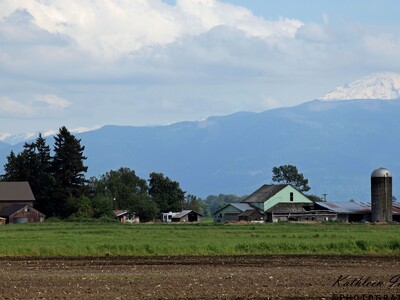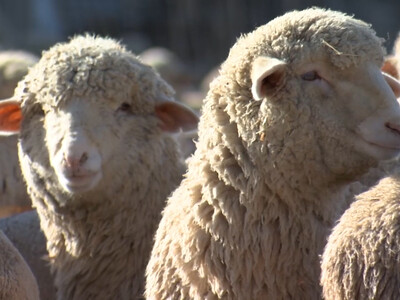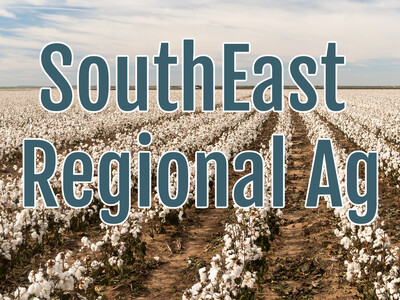IPM for Navel Orangeworm

Tim Hammerich
News Reporter
Yesterday, we share some research being done by the University of California Cooperative Extension to model how climate change will impact infestations of Navel Orangeworm, a big pest especially in almonds, walnuts, and pistachios. Scientists predict a fifth generation in a growing season as a result of climate changes, which would mean a much bigger problem for California growers. But what can growers do to prepare? That’s the question i asked Dr. Tapan Pathak.
Pathak… “There are a lot of practices that are in place, such as, you know, sanitizing the orchard by removing this last season nuts from the tree during the winter so that there is no remaining residues. There is mating disruption, practicing early harvest, timely insecticide sprays, things like that. So these are already in place. As we see this pest and disease pressure increasing substantially into the future, it's going to be critically important to really implement these integrated pest management strategies. And so, you know, being really vigilant about this IPM practices, to make this more resilient to future climate, to make a little bit less risky business for the growers.”
Visit the UCANR website for more information.
















